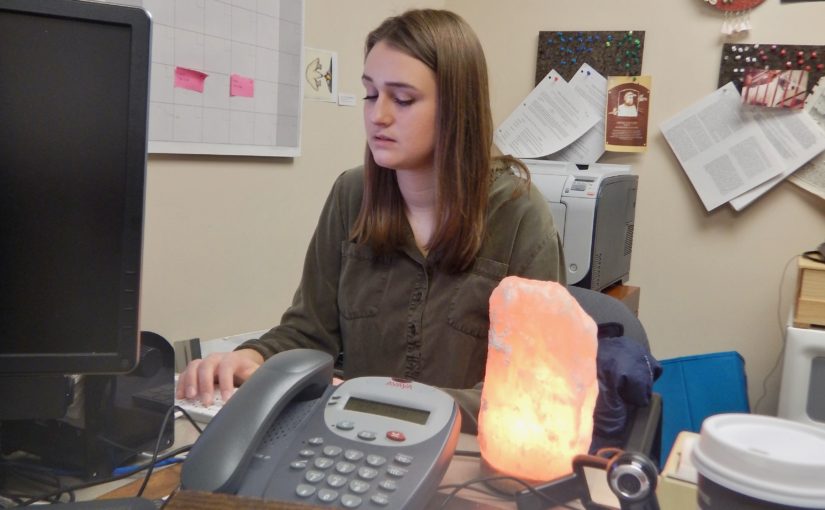
And some comfort from Mr. Rogers
Tag: CDICL
Curious David Redux: Learning Resources Surround Me
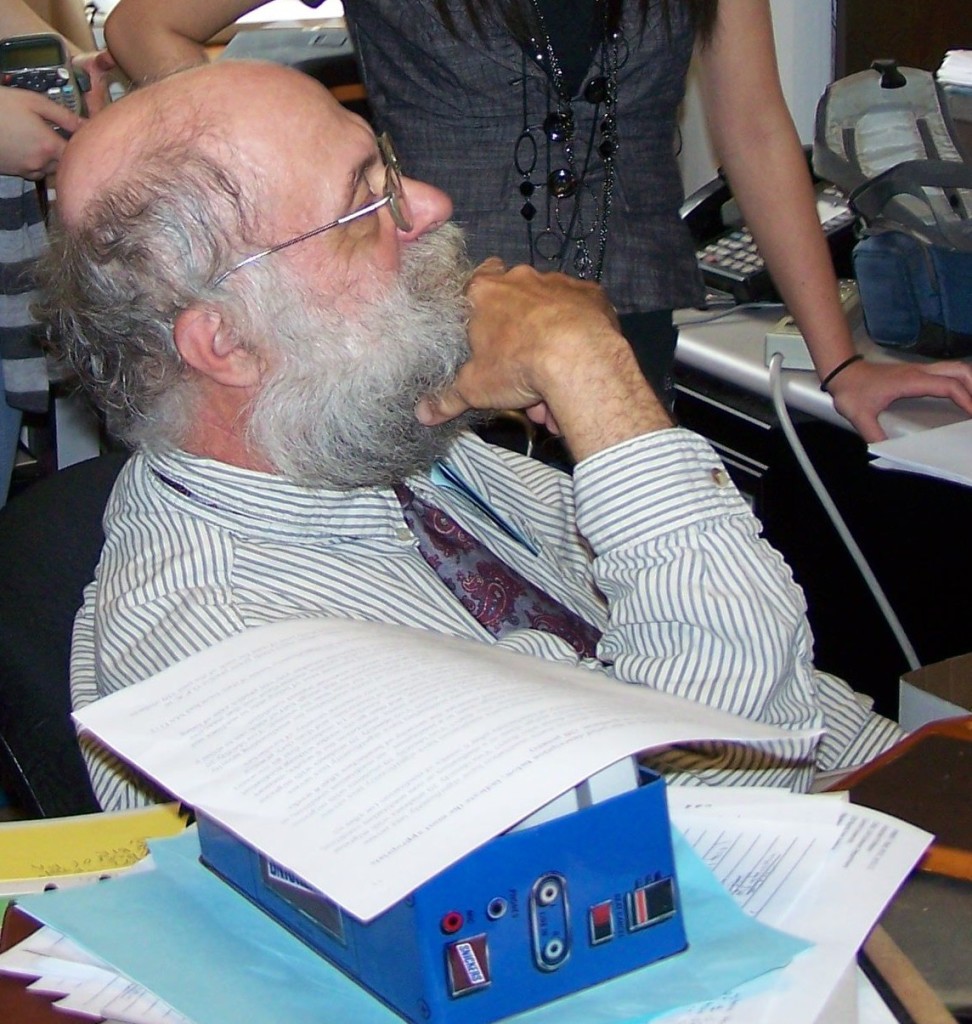
It has been an interesting number of learning years since when I studied Latin at Howland High School in Warren, Ohio.
 I’ve outlived many of my best teachers but am continually blessed with opportunities to learn from and with those much younger than I. One can indeed, with patience and compassion, teach an old dog new tricks. I regularly learned valuable lessons from Robin the Newf even when she was ailing.
I’ve outlived many of my best teachers but am continually blessed with opportunities to learn from and with those much younger than I. One can indeed, with patience and compassion, teach an old dog new tricks. I regularly learned valuable lessons from Robin the Newf even when she was ailing.

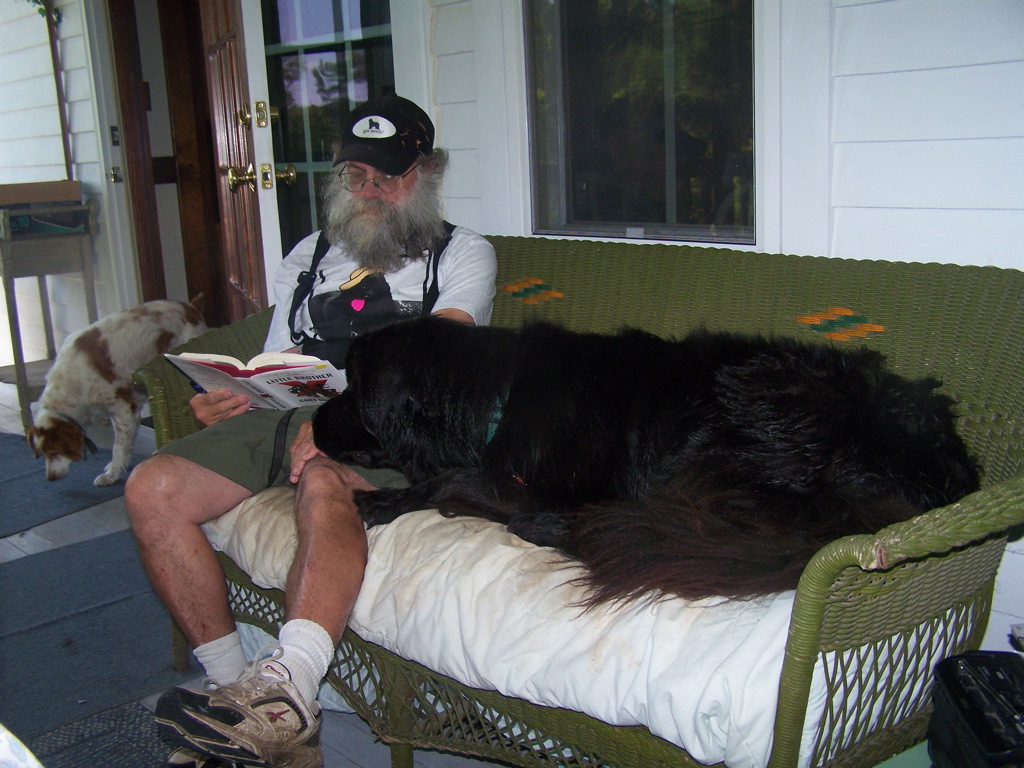
Surrounding myself with bright young student assistants has always proven for me a valuable source of learning.

I continue to learn much from observing, listening to, and playing with my grand-nieces and nephews. They so often make me smile, laugh, and give thanks.
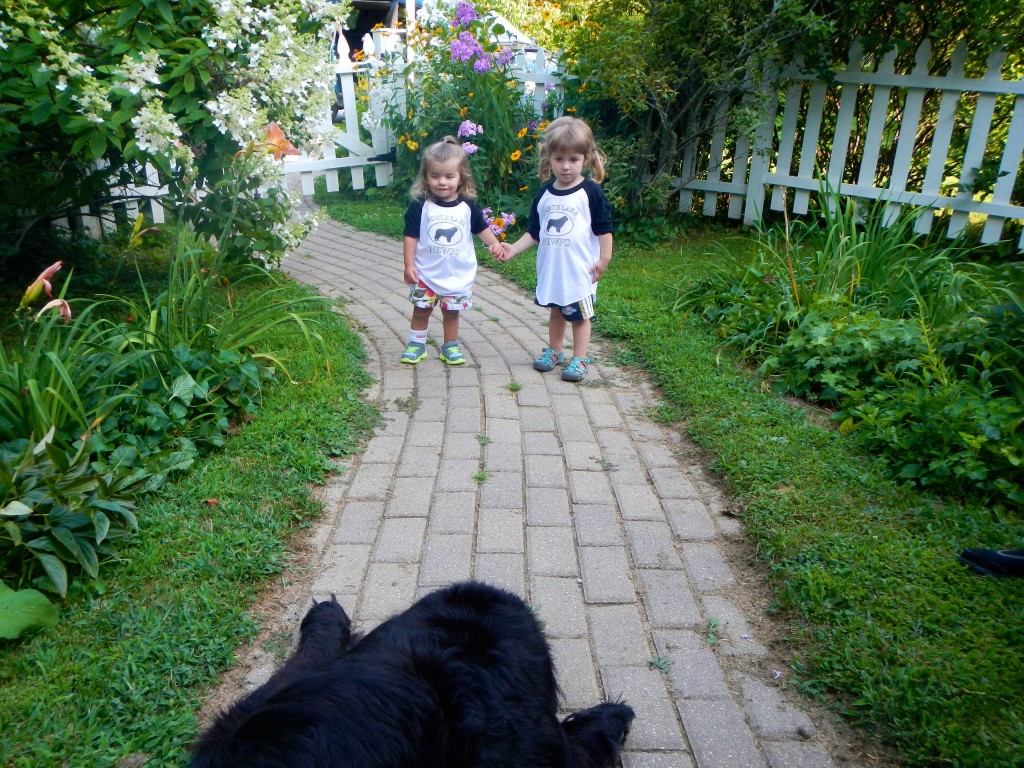

Greg Schneider, my business partner and his wife Jane, continually provide me with opportunities to grow, to learn,to think and to share my areas of expertise while benefiting from their wisdom, experiences, and business acumen. And I learn from Greg about fishing on North Lake during our annual celebration of our partnership!

Curious David in CarrollLand: Reflections on “Neurobics”

In preparing for a Fall semester research seminar, I am reading a number of books dealing with aging, brain fitness, and maintaining brain health. My preference is to read scholarly works based upon good science. I also tend to trust detailed thought pieces from say, The New York Times (e.g. this one) or this piece from The New Yorker “Mentally Fit: Workouts at the Brain Gym.”
How, though, could I resist the book Keep Your Brain Alive which claimed to have 500,000 copies in print and which promised me opportunities to discover the secrets of “neurobics?”
Katz & Rubin’s (2014) Keep Your Brain Alive: 83 Neurobic Exercises to Help Prevent Memory Loss & Increase Mental Fitness was fun to read. The authors are witty, playful, and creative. Chapter 2 gives an accurate, very elementary explanation of “how the brain works.” The research they cite, however, is “classic” and outdated. Their “Neurobics” concept (“experience novel and unexpected things and enlist the aid of all of your senses”) is common sensical but there is no body of research supporting the efficacy of the exercises. Save your money and get the gist of their ideas by visiting their web page here.
Curious David Redux: Experimenting with WordPress.Org
Still clowning around with transitioning to WordPress.org from WordPress.com. I am helped immensely by the physical presence and attendance to details of my student research assistants.
As I move closer to publishing some ebooks, I am going to experiment with different capabilities of WordPress.com vs. WordPress.org. Forgive any confusion I cause as I fumble a bit.
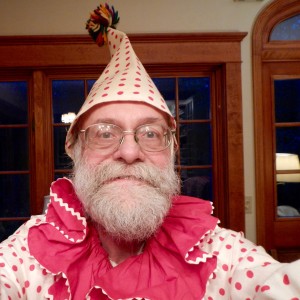
Books I hope yet to finish reading and writing reviews for this semester:
1. The Sharpbrains Guide to Brain Fitness (2013). Thanks to Alvaro Fernandez for helpfully responding to my drafted notes of the 2nd edition of his book. I look forward to seeing the 3rd edition and to attending the 2018 virtual summit.
2. Happiness is a Choice: Lessons from a Year Among the Oldest Old (2018)
3. The End of Old Age: Living a Longer, More Purposeful Life (2018)
4. Two Weeks to a Younger Brain. (2015)
5. Keep Your Brain alive: 83 Neurobic Exercises to Help Prevent Memory Loss & Increase Mental Fitness (2014)
6. Not Pink (2018). More can be found here about colleague Pegg Kasimatis’s new novel
Curious David Redux : Food for Thought

I am over 50 years of age though when with my students I forget and am closer to their age:) I am very impressed by recently released Global Council on Brain Health reports dealing with brain health for adults ages 50 and older. Among those I have so far read are those dealing with nutrition (found here), social engagement (found here), sleep (found here), physical activity (found here), and cognitively stimulating activities (found here).
That most recent detailed report draws upon the expertise of thirteen specialists from four continents and from gerontology, neuropsychology, neurology, neuroscience, psychology, public health and speech-language pathology who met and agreed upon ten best-science-based consensus statements summarizing the impact of cognitively stimulating activities on brain health. The report’s appendices list the participants, provide a glossary with carefully defined terms, share the discussion questions framing the deliberations, clearly explain differences, reveal disclosure statements of potential conflicts of interests, indicate sources of funding, and provide selected references. I find these reports understandable, well-written, full of practical and actionable advice, myth-busting and extremely important. Definitely enriching food for thought.



